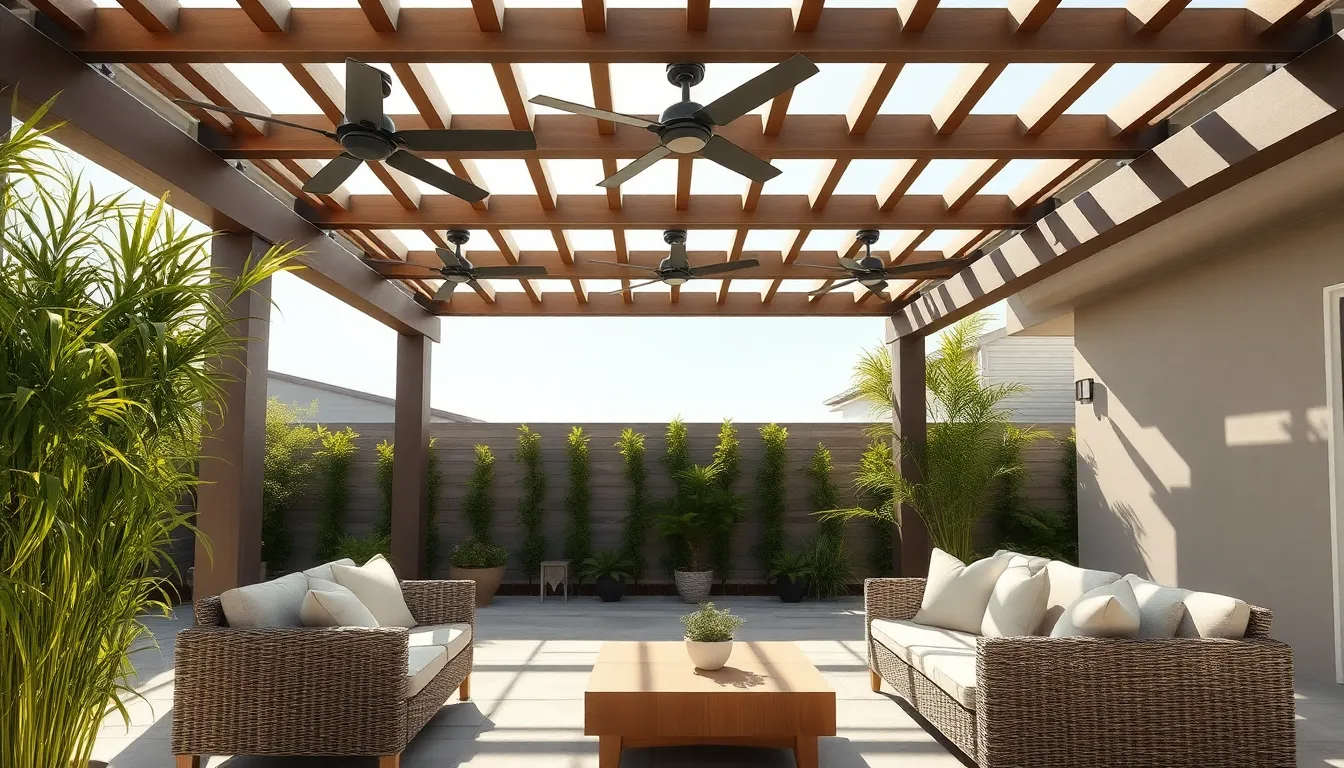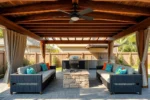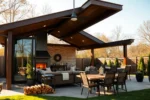Creating a comfortable outdoor space during hot weather is essential for making the most of your yard, whether you’re new to outdoor design or a seasoned pro. With the right shelter, you can enjoy fresh air and sunshine without overheating or worrying about sun damage.
In this article, you’ll discover seven innovative outdoor shelters that combine style, function, and cooling benefits. From simple shade solutions to more elaborate structures, these ideas will help you craft a refreshing retreat tailored to your needs and budget.
Understanding Heat-Resistant Shelter Basics
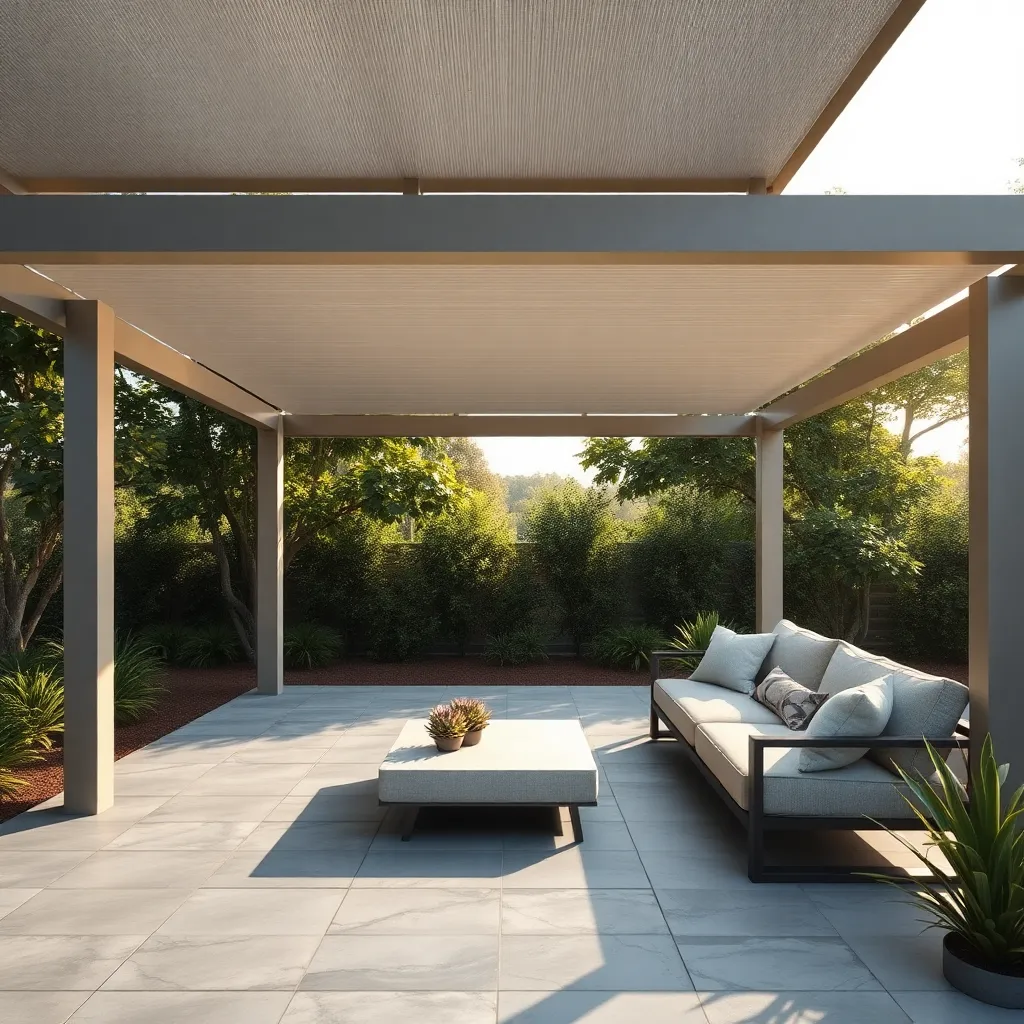
Creating a heat-resistant outdoor shelter begins with choosing the right materials. Opt for natural, breathable fabrics like canvas or shade cloth that block UV rays but allow air circulation to keep the space cool. Incorporate reflective surfaces or light-colored roofing to minimize heat absorption, and consider adding adjustable side panels or curtains for flexible shade and airflow control.
For a more advanced approach, focus on design elements that maximize ventilation and natural cooling. Include wide overhangs at least 2 feet deep to provide extended shade and prevent direct sunlight from heating the shelter’s interior. Additionally, installing vents or lattice panels near the roofline encourages hot air to escape, enhancing comfort during the hottest parts of the day.
Shade Sails: Lightweight Cooling Solutions
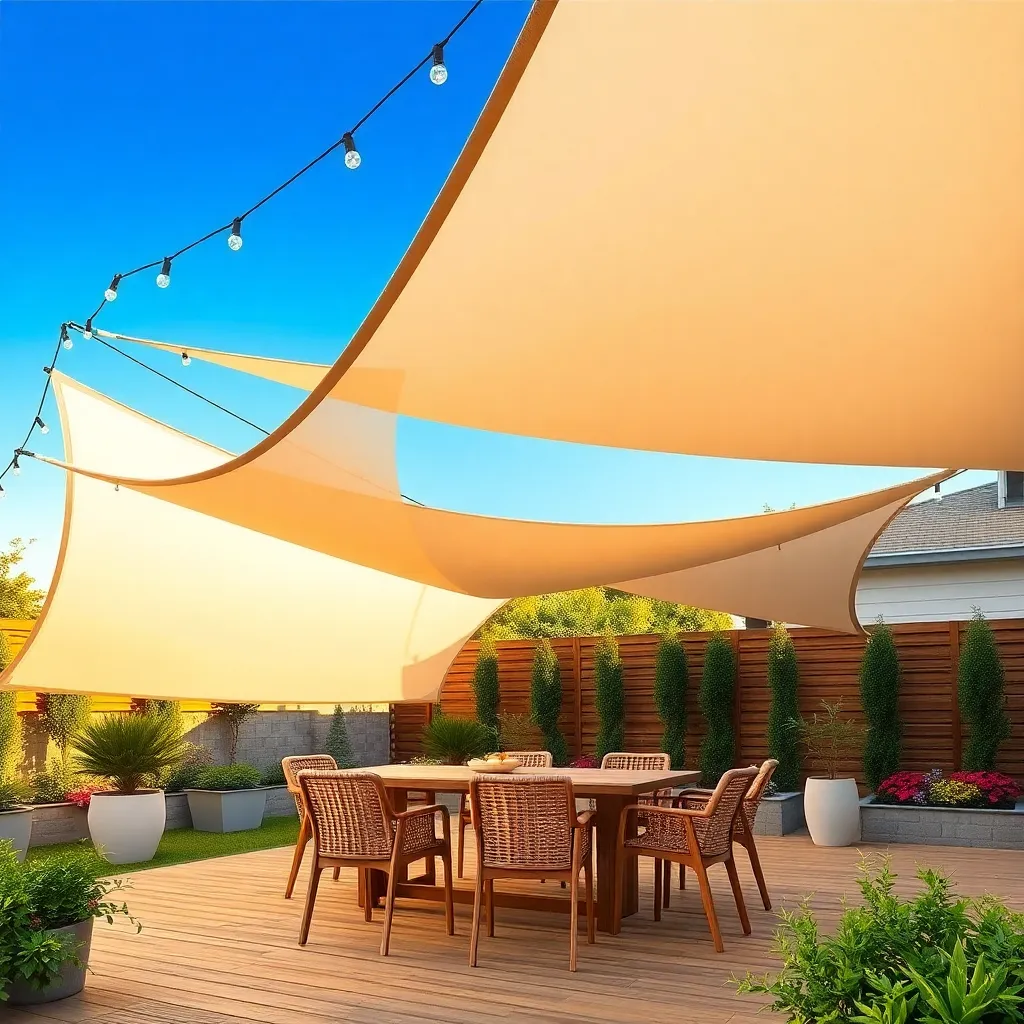
Shade sails offer an excellent lightweight solution to cooling outdoor spaces by blocking direct sunlight while allowing air to circulate freely. When selecting your sail, opt for high-density polyethylene (HDPE) fabric with UV-stabilized treatment to ensure durability and effective sun protection. For optimal coverage, consider sails that are at least 10 feet per side, and install them at varying heights to create a dynamic, wind-friendly canopy that reduces heat buildup underneath.
To maximize effectiveness and ease of use, anchor your shade sails to sturdy posts, walls, or trees using stainless steel hardware and tensioning devices like turnbuckles. Proper tensioning prevents sagging and enhances wind resistance, which is crucial for longevity. For advanced design, experiment with overlapping multiple sails in complementary shapes and colors to increase shaded area while adding visual interest to your outdoor space.
Pergolas with Ventilated Roof Designs
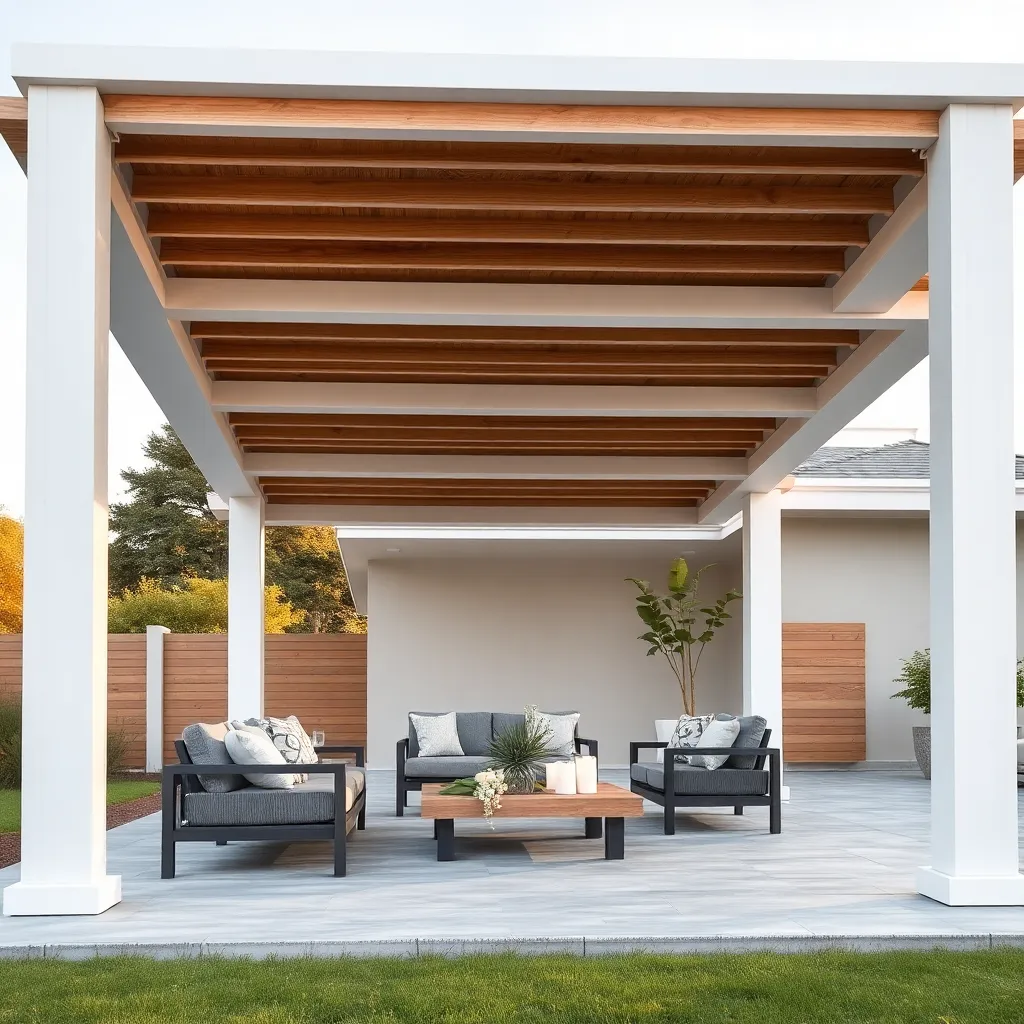
For a pergola that stays cool even in hot weather, consider a ventilated roof design that promotes airflow while providing shade. Using materials like aluminum slats or adjustable louvers allows you to control sunlight and breeze, improving comfort underneath. Aim for slats spaced about 1 to 2 inches apart or louvers angled between 30°–45° to maximize ventilation without sacrificing protection from direct sun.
To build or upgrade your pergola, focus on sturdy, weather-resistant materials like powder-coated steel or treated cedar for long-lasting durability. For advanced functionality, incorporate a manual or motorized mechanism to adjust the roof panels easily depending on the weather. Adding climbing plants around the structure can further enhance cooling by providing natural shade and reducing heat buildup.
Pop-Up Canopies for Quick Shade
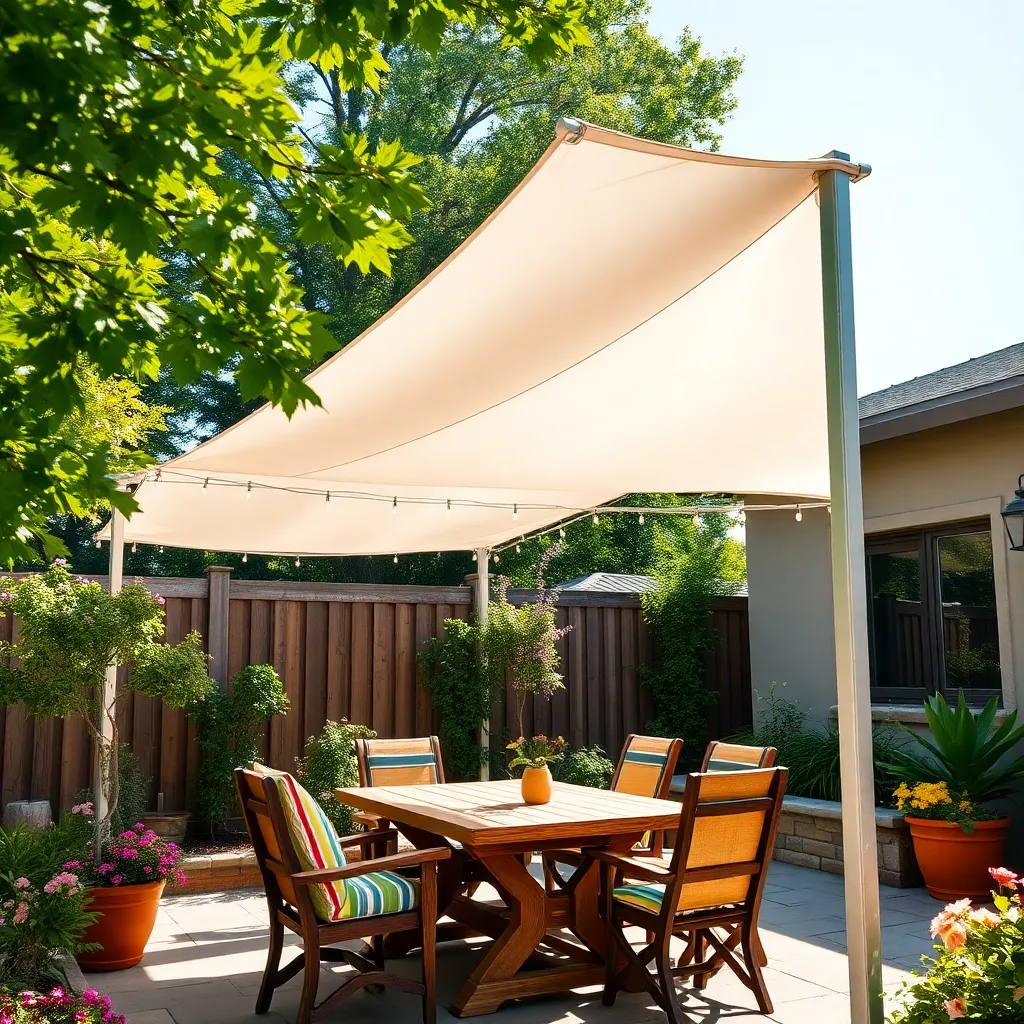
Pop-up canopies offer a fast and flexible solution for creating shade during hot weather. Look for canopies made with UV-resistant polyester fabric and sturdy steel or aluminum frames to ensure durability and sun protection. For optimal coverage, choose sizes ranging from 8×8 to 10×10 feet, which are ideal for small gatherings or patio use.
To set up your pop-up canopy effectively, place it on a level surface and use weighted anchors or stakes to secure it against wind. For an advanced touch, consider adding sidewalls with mesh panels to improve airflow while keeping bugs out. This simple shelter can be packed away quickly, making it a practical choice for homeowners seeking immediate, portable shade.
Thatched Roof Huts: Natural Cooling
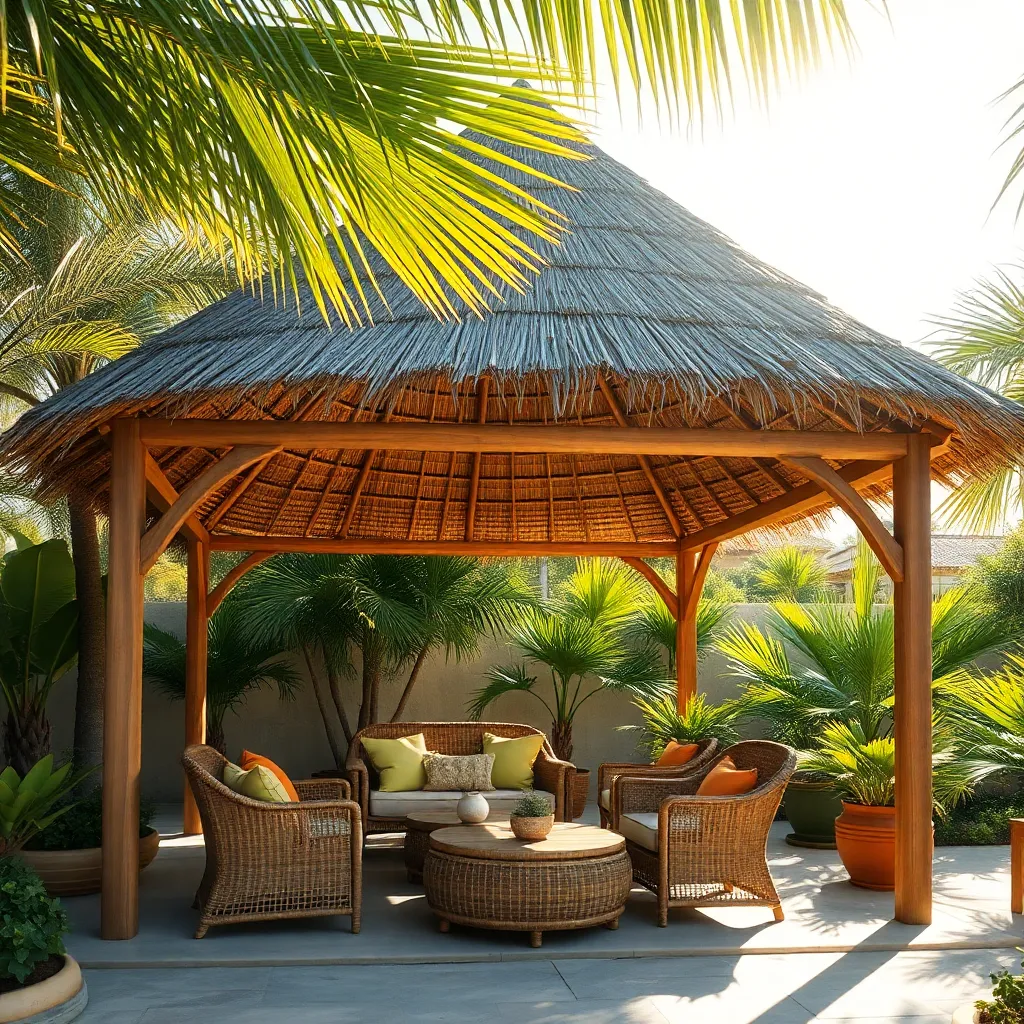
Thatched roof huts offer exceptional natural cooling by using layers of dried grass or palm leaves that allow air to circulate freely while blocking direct sunlight. For best results, build the roof with a steep pitch—around 45 degrees—to encourage rain runoff and prevent moisture buildup, which helps maintain the thatch’s insulating properties. Beginners should start with locally sourced, durable thatching materials and secure them tightly to a sturdy wooden frame for longevity.
To enhance ventilation, consider leaving small gaps between the thatch bundles or incorporating open eaves around the hut’s perimeter. Advanced builders can reinforce roofs with waterproof liners underneath the thatch to extend durability without compromising breathability. Whether used as a garden retreat or poolside shelter, a well-crafted thatched hut brings an inviting, cool respite that blends naturally into outdoor spaces.
Mesh Gazebos for Enhanced Airflow
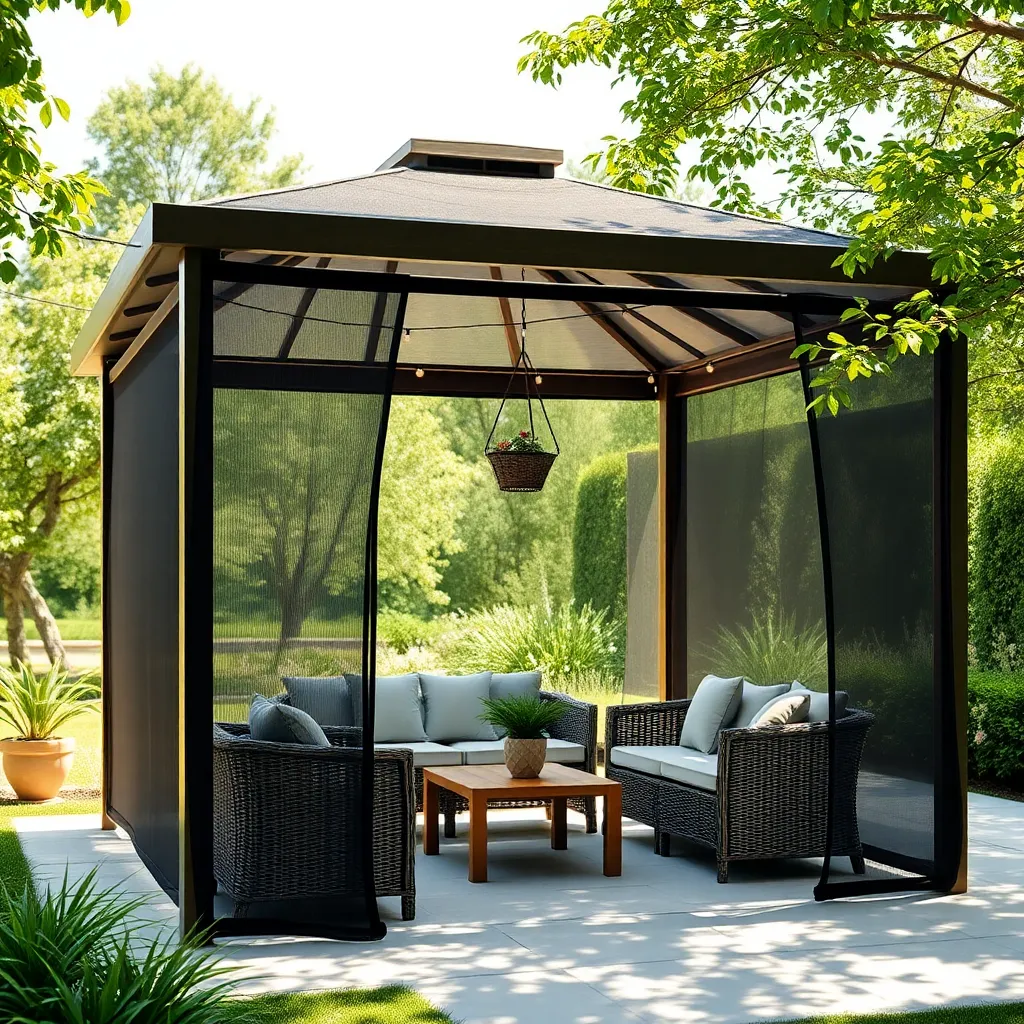
Mesh gazebos are an excellent choice for maximizing airflow while providing shade in hot weather. Constructed with durable, weather-resistant mesh panels, these shelters allow breezes to pass through freely, reducing heat buildup inside. For best results, choose frames made from powder-coated steel or aluminum for longevity, and opt for mesh materials with UV protection to prevent sun damage and keep insects out.
To enhance ventilation, consider a design with a peaked or vented roof that encourages hot air to escape upwards. Installing removable side panels or curtains can offer flexibility—open them on cooler days for maximum airflow or close them for additional shade and privacy. Aim for a size of at least 10×10 feet to comfortably accommodate seating while maintaining unobstructed circulation.
Building DIY Palapas for Hot Climates
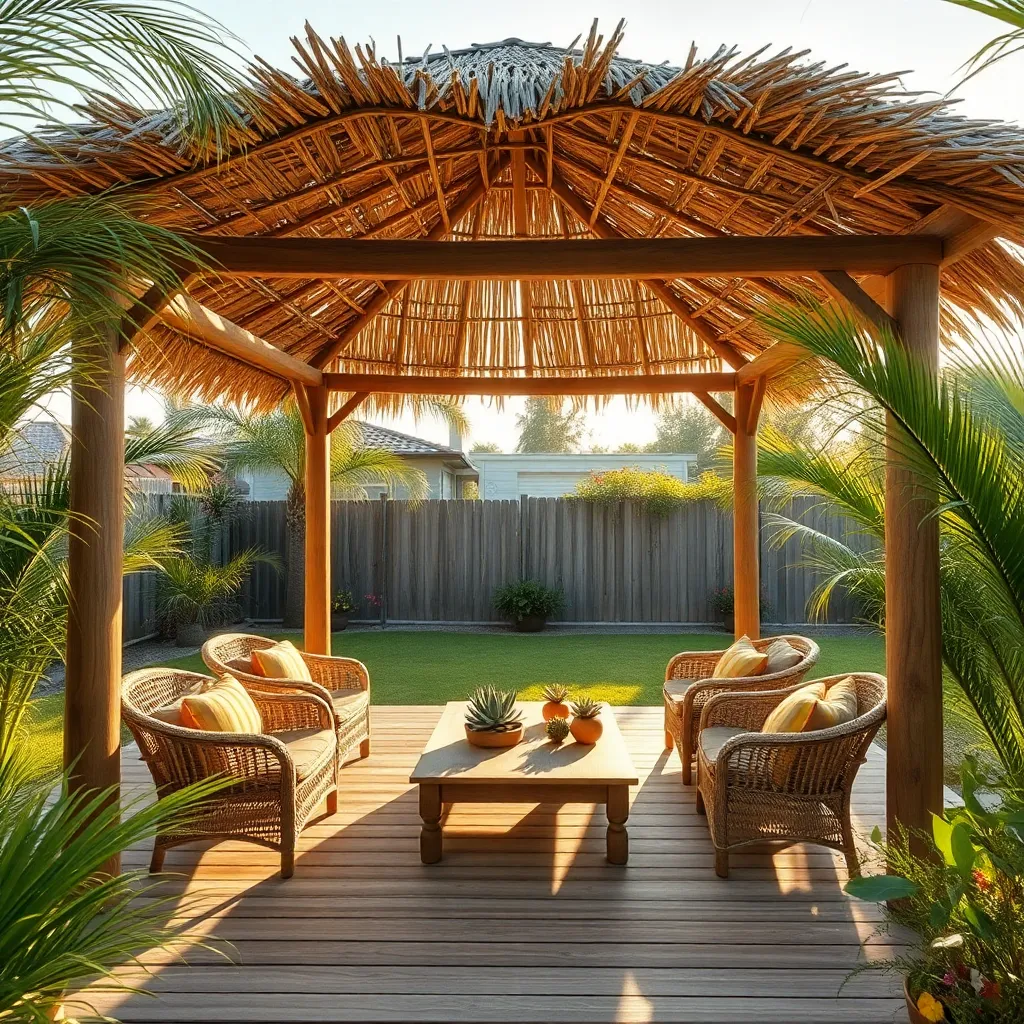
DIY palapas are an excellent choice for hot climates, combining shade with natural ventilation. Start with sturdy wooden posts—ideally pressure-treated cedar or redwood—set at least 8 feet apart and anchored securely in concrete for stability. Use dried palm leaves or high-quality thatch bundles for the roof, layering them thickly to ensure effective sun protection and water resistance.
For a durable and attractive finish, angle the roof at about 30 to 45 degrees to promote rain runoff and maximize airflow underneath. Enhance your palapa by adding a simple bamboo frame beneath the thatch to support the weight and keep the structure lightweight. Pro tip: seal the wood with a weatherproof stain to prolong its life, and consider incorporating a ceiling fan for extra cooling on still days.
Conclusion: Creating Beautiful Outdoor Spaces
In exploring the 7 cool outdoor shelters for hot weather, we uncovered key ways to create refreshing, comfortable spaces that foster connection and relaxation: from airy pergolas and shady canopies to breezy gazebos and stylish tents. Each shelter offers a unique blend of shade, ventilation, and ambiance that invites you and your loved ones to slow down, enjoy nature, and nurture your bond even on the hottest days.
Now, take a moment to envision which shelter best suits your outdoor space—and start planning your own cozy retreat today. Whether it’s assembling a simple canopy or arranging a hammock under a pergola, small steps can transform your environment and deepen your connection.
Don’t forget to save or bookmark this article so you can revisit these ideas whenever you need a cool, calming escape to share with those who matter most. Embracing these thoughtful outdoor spaces not only refreshes your body but also strengthens your relationships, paving the way for many joyful, sun-soaked memories ahead.
Your journey to cooler days and warmer hearts starts now—go create the perfect shelter for your love to thrive!

